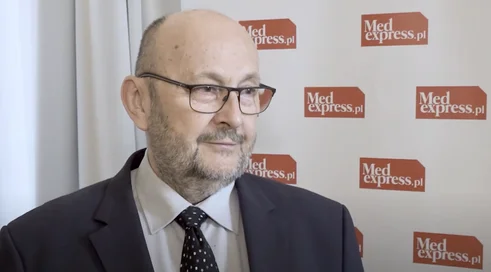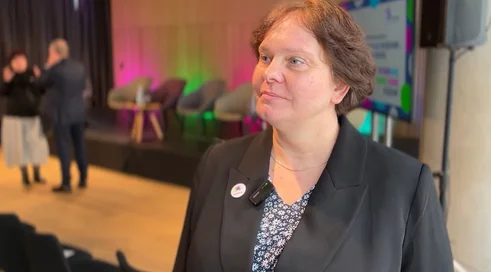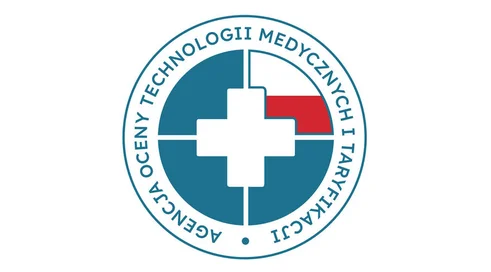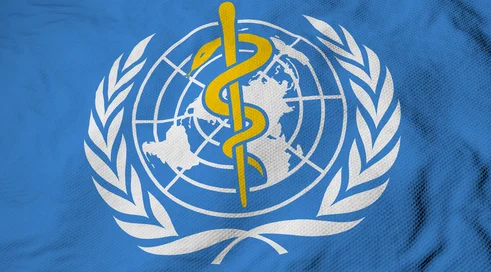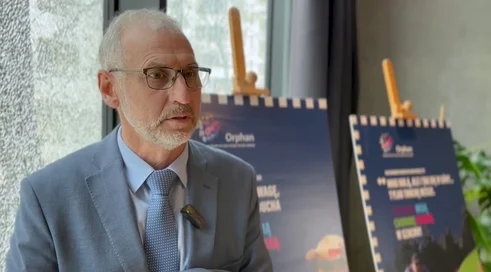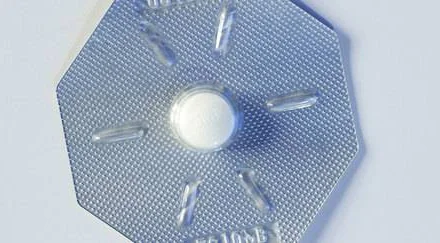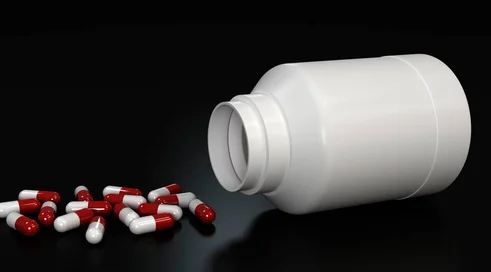- We detect all cases of children who have inherited the genes that cause SMA. We can implement treatment in them right away. We also already have better organized centers, but most importantly - a whole portfolio of therapies. In addition to nusinersen, we also have gene therapy with Zolgensma, which, in its assumptions, causes a permanent cure. However, the use of this gene therapy is limited by the weight of the child, so it's an option for children with neonatal screening. We have another therapeutic option. This is an oral drug that can be administered when nusinersen therapy cannot be used," summarizes the operation of the SMA drug program by Professor Marcin Czech, a health care expert at the Mother and Child Institute.
Meanwhile, in...
Content locked
To gain access to the complete English section of the Medexpress.pl, kindly reach out to us at [email protected].






